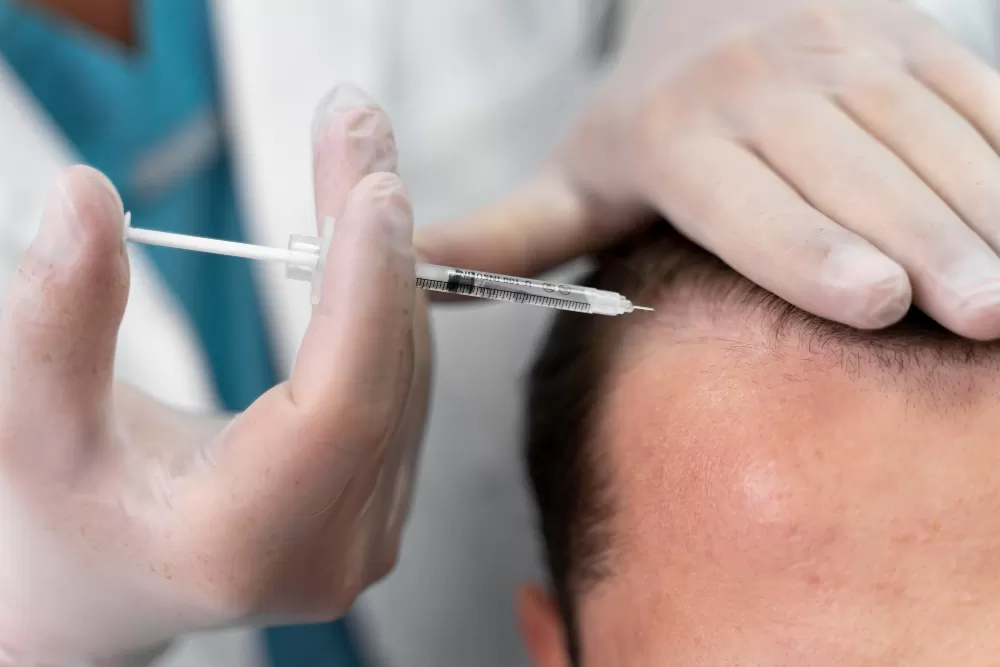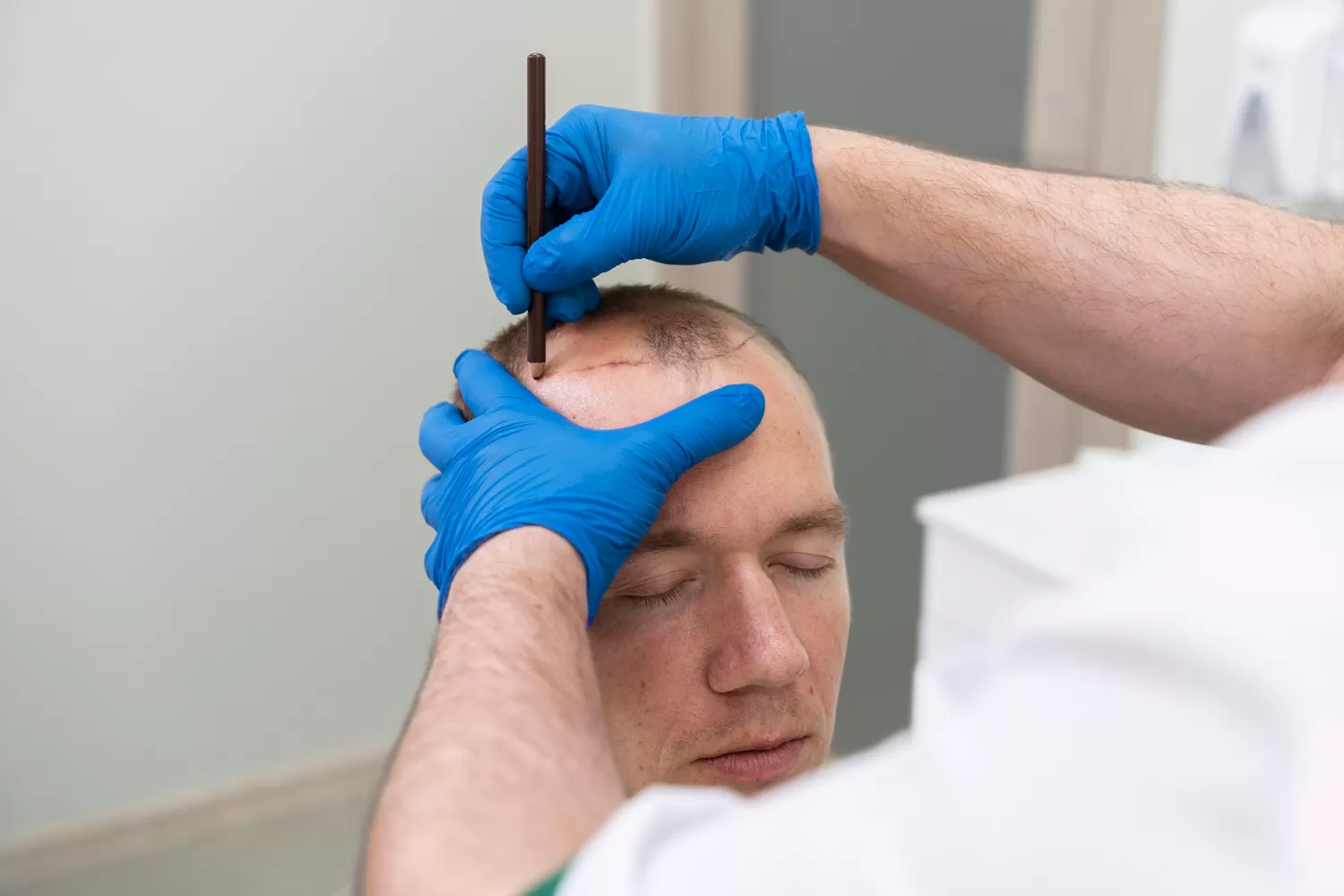Hair loss is a significant aesthetic and psychological concern for both men and women. With rapid advancements in technology, hair transplant methods have become more effective, natural-looking, and comfortable. As of 2025, innovations in hair transplant technologies offer faster recovery times, minimally invasive procedures, and highly natural results. This article explores the latest developments in hair transplant technologies and the benefits they provide to patients.
1. Advancements in FUE (Follicular Unit Extraction)
FUE remains one of the most widely used techniques in hair transplantation. In this method, hair follicles are individually extracted from the donor area (typically the back of the head) and transplanted to the balding areas. Recent technological advancements have further refined this technique.
Advanced Micromotors: Next-generation micromotors with 0.6-0.8 mm tips allow for faster and less invasive follicle extraction, reducing procedure time and minimizing scarring in the donor area.
Sapphire FUE: Sapphire-tipped tools are used for channel opening, creating smoother and smaller incisions. This accelerates healing and enhances the natural appearance of the results.
No-Shave FUE: Developed for individuals with long hair, this method eliminates the need to shave the donor area, allowing patients to return to their daily lives more quickly.
2. DHI (Direct Hair Implantation) Technique
DHI is one of the most advanced hair transplant technologies. In this method, hair follicles are directly implanted into the recipient area using a specialized pen (Choi implanter), bypassing the channel-opening step.
Advantages: DHI allows for denser implantation and precise placement at natural angles, resulting in aesthetically pleasing outcomes. It also offers a shorter recovery time compared to other methods.
Challenges: DHI can be a longer procedure and requires significant expertise, which may increase costs.
Applications: It is particularly effective for delicate areas such as the hairline and beard transplants.
3. Robotic Hair Transplantation
Robotic hair transplantation, integrating artificial intelligence and robotics, minimizes human error by automating the extraction and implantation processes.
High Precision: Robotic systems extract follicles with millimeter accuracy and implant them at natural angles. Optical sensors capture 300 frames per second to select the healthiest follicles.
Speed: Automated processes reduce procedure time, improving patient comfort.
Minimally Invasive: Robotic systems cause less tissue damage, shortening recovery periods.
Natural Results: Hairline design and graft placement achieve highly aesthetic outcomes due to robotic precision.
4. Stem Cell Therapies
Stem cell therapies are an innovative approach used alongside or independently of hair transplants to strengthen hair follicles and promote hair growth.
Application: Pluripotent stem cells or those derived from the patient’s own tissue are injected into the scalp, supporting follicle regeneration and healthier hair growth.
Benefits: Stem cell therapy enhances graft survival rates and reduces hair loss. It can also serve as a non-surgical treatment option.
Future Potential: Research into hair cloning, which could produce multiple follicles from a single one, holds transformative potential for the future of hair transplantation.
5. PRP (Platelet-Rich Plasma) Therapy
PRP involves injecting platelet-rich plasma derived from the patient’s blood into the scalp, commonly used to support post-transplant recovery.
Benefits: PRP improves blood circulation to hair follicles, accelerating healing and promoting stronger hair growth.
Applications: It is used both as post-transplant care and as a standalone treatment to slow hair loss.
6. Low-Level Laser Therapy (LLLT)
LLLT uses low-intensity laser beams to stimulate hair follicles and improve blood circulation.
Effects: LLLT strengthens hair follicles and encourages new hair growth while supporting post-transplant recovery.
Ease of Use: As a non-invasive method, it is well-tolerated and often used as a complementary treatment.
7. 3D Imaging and Artificial Intelligence
3D imaging and AI technologies enable personalized treatment planning in hair transplantation.
3D Simulation: Pre-procedure simulations of hairline and results help align patient expectations with realistic outcomes.
Artificial Intelligence: AI analyzes hair loss patterns to optimize graft distribution and determine ideal implantation angles.
8. No-Shave Hair Transplantation
No-shave hair transplantation is designed for patients with aesthetic concerns, allowing transplantation without shaving the donor area.
Advantages: It enables a quicker return to social life and maintains aesthetic appearance, particularly with DHI and certain FUE techniques.
Limitations: High graft counts may still require shaving.
9. Organic Hair Transplantation
Organic hair transplantation, based on the FUE technique, involves injecting the patient’s own fat tissue into the scalp to improve graft survival rates.
Benefits: It promotes healthier follicle development and delivers natural-looking results.
Application: Fat tissue is processed and applied to the transplant area.
10. Post-Transplant Care Technologies
Post-transplant care has become more effective with technological advancements.
Smart Devices: Digital apps monitor recovery and provide care reminders, enhancing patient comfort.
Integrated Treatments: PRP and LLLT are commonly used in post-transplant care to improve long-term results.
Conclusion
Hair transplant technologies are rapidly evolving with minimally invasive techniques, robotic systems, AI, stem cell therapies, and personalized planning. These innovations deliver natural, lasting, and comfortable results, addressing hair loss effectively. Individuals considering hair transplantation are advised to explore these advancements and consult with a qualified specialist to determine the best approach.





No comments yet. Be the first to comment!